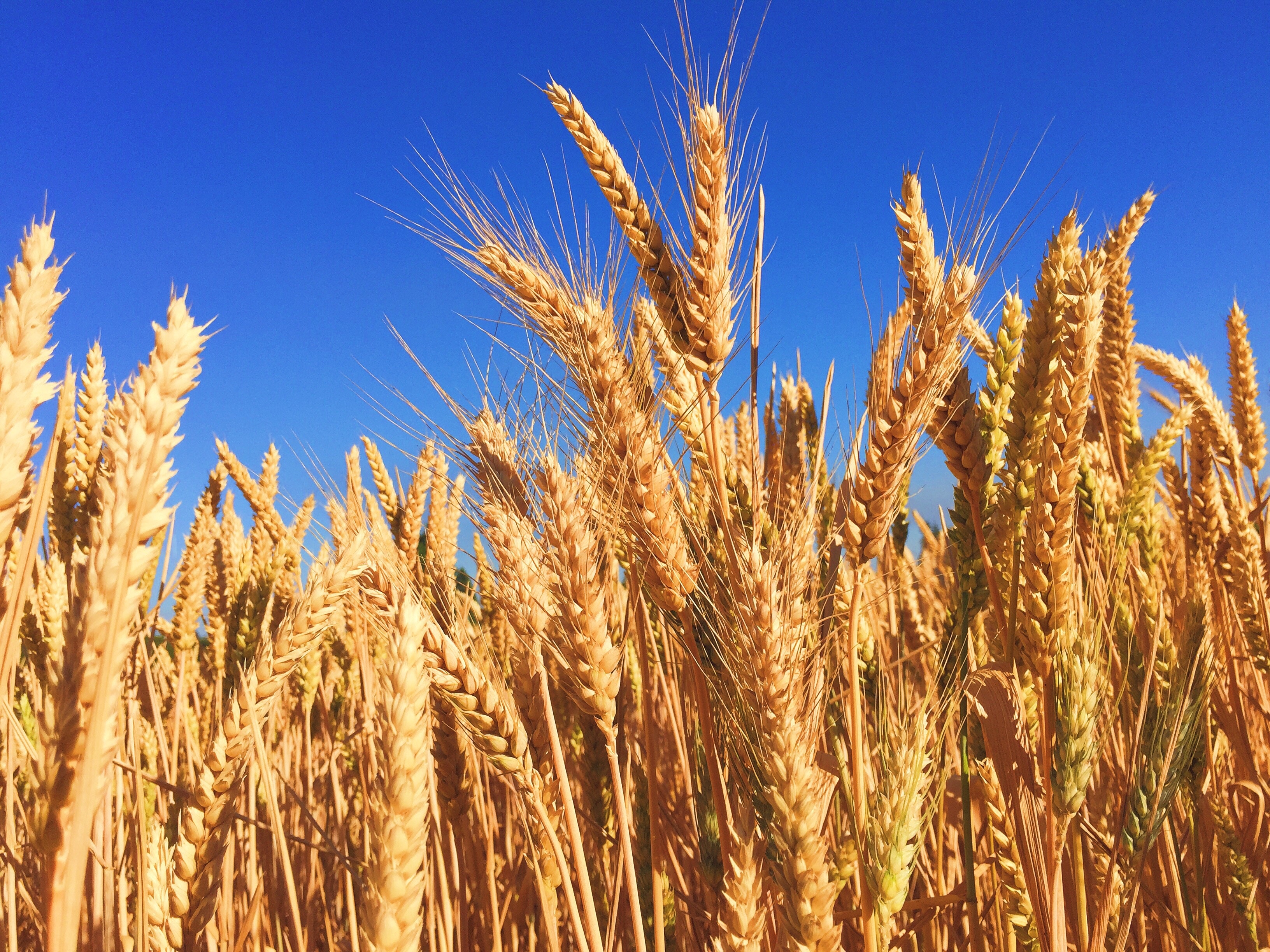



China’s feed lots pick up bulk of wheat harvest for pigs and poultry
China’s enormous livestock sector is poised to snap up millions of tonnes of wheat from the country’s recent winter harvest, extending the crop-switching in animal feed and reducing demand for corn imports.Reuters reports that corn imports surged last year after a decline in stockpiles and production, pushing up prices and reshaping global grain markets as feed producers and pig farmers scoured the world for supplies.


At the same time, China’s feed sector purchased record volumes of cheaper wheat from the 2020/21 season for use as a substitute for corn, traditionally the main grain in animal rations. “Feed demand for wheat is expected to remain very high in the new crop year, as wheat still has obvious advantages against old corn, based on current prices,” said Li Hongchao, a senior analyst with trade website Myagric.com.
While China caps low-tariff corn imports at 7.2 million tonnes a season, buyers imported a record 11.29 million tonnes in calendar 2020, mainly from the United States, as high domestic prices made imports economical even when paying tariffs.
Feed lots began large-scale wheat substitution from late 2020, effectively easing tight corn supplies and securing domestic feed grain supplies, said Qi Chiming, an analyst with the China National Grain & Oils Information Center (CNGOIC), an official think tank.
The new wheat crop is expected to further dim demand for imports, with CNGOIC predicting a record harvest in 2021 of 136.4 million tonnes.
“We are waiting for the new wheat and will buy whenever there is an opportunity,” said a purchasing manager with a major poultry producer in northern China, who declined to be named as he was not authorized to talk to the media.
The firm started replacing about 15% of corn in feed with wheat earlier this year, and has enough wheat inventories until the end of June.
China is expected to use 36 million tonnes of wheat in feed in the 2021/22 crop year, after using 38 million tonnes in 2020/21, according to CNGOIC.
“Wheat prices are expected to be lower than corn, which gives it obvious advantage to substitute (corn). Feed producers have high enthusiasm to buy the new wheat,” said Qi.
Prices of wheat in Henan province, a top producer, stood at 2,540 yuan ($398.88) per tonne as of Wednesday 26 May, well below the price of corn in the same region at 2,980 yuan per tonne.
($1 = 6.3679 Chinese yuan renminbi)









